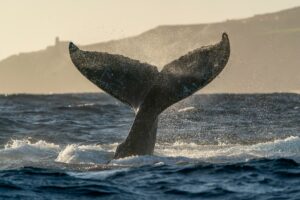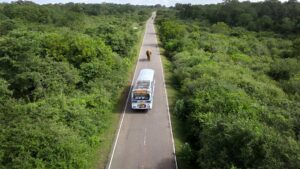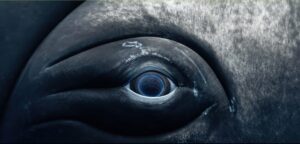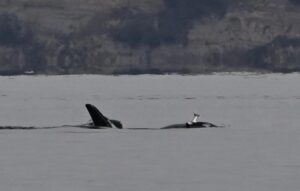On some volcanic peaks high in the Andes live several mice.
You may think that’s not the most astonishing sentence you’ll read today, but stay tuned. Because the peaks where these mice live are sufficiently high (7,000 meters above sea level!) that until now, scientists thought warm-blooded creatures couldn’t survive long-term there. In fact, the range in question is so inhospitable to mammals that it’s been used by NASA to train for Mars missions.
But a paper published this week in Current Biology begs to differ.
A short history of mountaineering rodents
The thinking around what altitudes mammals can and cannot thrive at began to change a half-century ago, when scientists studying mega-high Incan religious sites came across the bodies of rodents that had been naturally mummified.
Warm-blooded animals need oxygen to convert food into energy, and they need energy to stay warm. Animals like yaks have a hard enough time with this, and they’ve got all kinds of adaptations built around those two unassailable facts. Smaller mammals without thick fur and prodigious fat deposits? Forget it.

One of the Andean peaks where scientists collected live leaf-eared mice. Photo: Jay Storz/University of Nebraska-Lincoln
Assuming the mice in question had hitched a ride up there with the Incans, the scientists swiftly discounted the finds as anything but biological clutter.
“You can’t fault the archaeologists for thinking this way, because what other explanation is there?” Jay Storz, a Willa Cather Professor of Biological Sciences at the University of Nebraska–Lincoln and lead author on the paper, said in a press release. “Nothing could be living up there, so they had to have been brought there.”
But mountaineers in the Andes kept seeing mice at altitudes where no mice (or any other mammal) should be able to live. All of which prompted Storz and his team to wonder, “What’s up with that?”
Under the genetic hood
According to Science, the team began by undertaking five specimen collection missions throughout the range — a laborious undertaking that netted some 500 live mice representing 18 species. Five of those specimens, the team reported in August, notched new elevation records for the species they represented.

Jay Stortz fishes for improbable mice mummies. Photo: Mario Perez Mamani
The team also recovered the corpses of mummified leaf-eared mice found on three separate peaks (leaf-eared mice represented more than half of the live specimens captured on the expeditions.) The unique freeze-drying properties of the Andes meant that the genetic material in the corpses was in decent shape. This allowed Storz and his crew to open up the hood, genetically speaking. By sequencing the genomes of mice from different elevations, the researchers made several noteworthy discoveries.
The first thing they found, Smithsonian Magazine reported, was confirmation that the mice hadn’t tagged along with the Incas to get that high — because the mummified remains were only about 350 years old, and Incas had stopped visiting the religious sites in question nearly a century beforehand.
“It now seems more and more clear,” Storz said, “that the mice got there of their own accord.”
The next discovery was that the genetic makeup of the mice didn’t differ as much as scientists thought it would. You’d expect a leaf-eared mouse living at sea level and a leaf-eared mouse living at 6,000m to have some fairly divergent adaptations. But that wasn’t the case — leading the team to theorize that leaf-eared mice may have evolved at high elevations and then migrated downward instead of the other way around.
What are they living on?
If you’ve got an interest in mountaineering, you probably have one and just one question.
“How the heck are the mice surviving?”
You and everyone else, including the team that published the paper.
“It just boggles the mind that any kind of animal, let alone a warm-blooded mammal, could be surviving and functioning in that environment. When you experience it all firsthand, it even further impresses upon you: How in God’s name is anything living up there?” Stortz said.
Crack that question and the world’s peaks suddenly become a lot less deadly for humans — not to mention the implications for space travel as humanity looks beyond our little blue marble.
There’s some indication the mice might be living off lichen. But beyond that, no one knows. It’s a question the researchers will probably spend a few happy — and hopefully not frigid — years examining.






